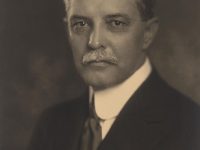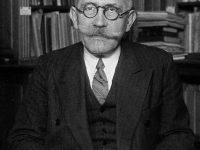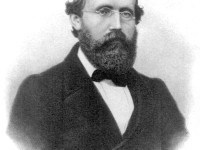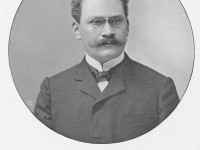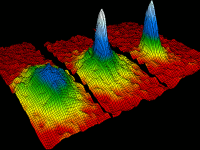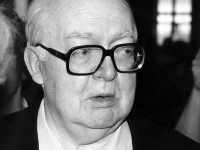Dayton Miller – An Advocat of Aether Theory
On March 13, 1866, American physicist, astronomer, acoustician Dayton Clarence Miller was born. An early experimenter of X-rays, Miller was an advocate of aether theory and absolute space and an opponent of Albert Einstein’s theory of relativity.[4] Early Years Born in Ohio to Charles Webster Dewey and Vienna Pomeroy Miller, Dayton Miller attended Baldwin University and earned his doctorate in astronomy at Princeton University. At the Case School of Applied Science in…
Read more

